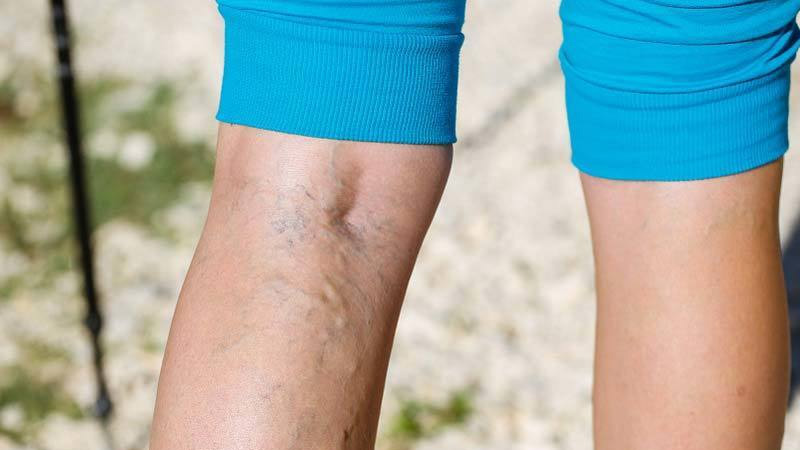
Varicose veins are a common condition that affects the quality of life of a third of the world's population. In China, there are more than 100 million patients with varicose veins, and the incidence rate is about 15%. The annual new incidence rate is 0.5%-3.0%, among which venous ulcers account for 1.5%. At present, venous stripping is the gold standard for the treatment of varicose veins, but this open surgery usually requires lumbar anesthesia, the surgery is very traumatic to the patient, and the patient needs to endure pain after dressing change. To meet the need for minimally invasive treatment of varicose veins, intracavitary radiofrequence ablation (RFA) and laser ablation (EVLT) have been developed. Compared with traditional open surgery, intracavitary surgery has less postoperative pain, shorter trauma recovery time, lower complication rate, and significantly improved patient experience. This article will review and summarize the endoscopic treatment of varicose veins.
The mechanism of endovascular thermal ablation includes the use of heat to damage the vein wall and thus close the diseased vein for therapeutic purposes. Since 1999, RFA and EVLA have been the main endovascular thermal ablations. More recently, steam venosclerosis (SVS) and intracavitary microwave ablation (EMA) have been introduced.
Other endovascular thermal ablation methods include steam venous sclerotherapy (SVS) and endovascular microwave ablation (EMA). Steam venous sclerotherapy is a novel endotheliumablation method designed to provide a more effective treatment with fewer side effects than traditional thermal ablation techniques. SVS catheters produce steam that destroys and fibrosis the endothelial lining of the veins, thereby achieving therapeutic goals. Intracavinal microwave ablation is another novel method of hot vein ablation. It works by using the MICROTAZE OT-110M machine to generate radiofrequent energy for ablation purposes. It is commonly used for ablation of hepatocellular carcinoma and nephrectomy. In subsequent trials of varicose veins, the results showed that EMA can cause thermal damage to all layers of veins and arterial walls, achieving the purpose of treating varicose veins, and the clinical effect is also positive.
Non-thermal ablation methods include sclerotherapy, mechanochemical intravenal ablation and cyanoacrylate adhesive。
According to the clinical application data, RFA or EVLT thermal ablation technique is the first choice for the treatment of varicose veins, and the clinical effect of RFA and EVLT is roughly the same. Thermal ablation is effective in treating varicose veins, but it also brings pain and discomfort to patients due to thermal effect. However, non-thermal ablation is considered as a second-line treatment because of its high recurrence rate and other complications.
